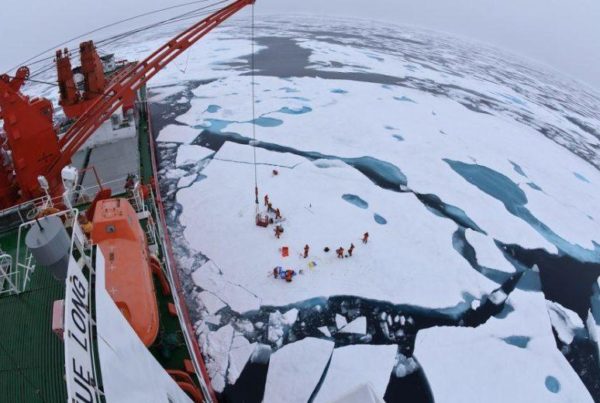(By Paul Pryce. Originally published on February 14, 2016 on natoassociation.ca)
When considering the Canadian Army’s commitment to the defence of Canada’s Arctic, most immediately consider one of two sources. First, the Canadian Rangers are a permanent presence in the region, a militia comprised of approximately 5,000 members that has stood watch since 1947. Second, Regular Forces units like the Royal Canadian Regiment, frequently train for operations in the remote environs of the Canadian North, such as the annual Operation Nanook. Few are aware of the third pillar of Canadian Army contributions to Arctic security – the Arctic Response Company Groups (ARCGs).
In 2007, following the introduction of the Canada First Defence Strategy, the Canadian Army was tasked with the creation of four ARCGs. As of this writing, one ARCG is fully functional, drawing upon Reservists from 38 Canadian Brigade Group (38 CBG): specifically members of the Royal Winnipeg Rifles, the Lake Superior Scottish Regiment, the Royal Regina Rifles, the North Saskatchewan Regiment, 38 Service Battalion, and 38 Combat Engineer Regiment. These specially trained Reservists bridge the gap between the Rangers and the Regular Forces. It is also perhaps unsurprising that the sole functioning ARCG corresponds with Saskatchewan and Manitoba, where response times would be shorter for a crisis facing communities in Nunavut or the Northwest Territories.
Since 2012, Arctic Ram has been added to the annual range of military exercises held in Canada’s North, specifically with a view to enhancing ARCG capabilities. From 10-19 February, 2016, approximately 120 soldiers from 38 CBG ARCG will deploy to Resolute, Nunavut from Winnipeg along with 120 soldiers from the Regular Forces’ 3rd Battalion, Princess Patricia’s Canadian Light Infantry based in Edmonton. These contingents will be supported by Rangers as they simulate securing the site of a downed satellite. While this might seem a novel scenario, the 2014 edition involved securing the site of a downed plane near Kugaaruk, Nunavut. This provides the pretext for the troops on the exercise to brush up on Arctic navigation skills, as well as to generally build up best practices in communication between Regular Forces, Reservists, and Rangers, each coming from slightly different operational cultures.
It is important that the Canadian Forces build on the successes of the 38 CBG ARCG and move forward with the creation of the other three ARCGs. In particular, 39 Canadian Brigade Group, which is responsible for Reservists in British Columbia, should look to the Rocky Mountain Rangers, the Royal Westminster Regiment, 39 Service Battalion, and 39 Combat Engineer Regiment to serve as the nucleus of a new ARCG that could assist in securing Yukon Territory in an emergency. The new federal government should also give some consideration toward the commitment made by former Prime Minister Stephen Harper in September 2015 to establish a Reservist unit in Yukon Territory, to be based in Whitehorse. This would also provide considerable benefit in bridging the gap between local Rangers, an ARCG deployed from British Columbia, and any Regular Forces units that might be made available in case of a crisis.
As debate arises as to what the future role of the Canadian Army Reserves will be, ARCGs demonstrate the value citizen-soldiers add to the Canadian Forces. To demonstrate a commitment to the Reserves and to the security of the entirety of Canada’s North, policymakers must ensure the Yukon Territory soon plays host to its own version of Arctic Ram.
(Paul Pryce is a Research Analyst at the NATO Association of Canada, supporting the work of the Canadian Armed Forces Program. Holding degrees from the University of Calgary and Tallinn University, he has previously worked in conflict resolution as a diplomatic aide with the OSCE Parliamentary Assembly and as an infantryman in the Canadian Armed Forces. His research interests include maritime security, the African Peace and Security Architecture, and NATO-Russia relations.)








